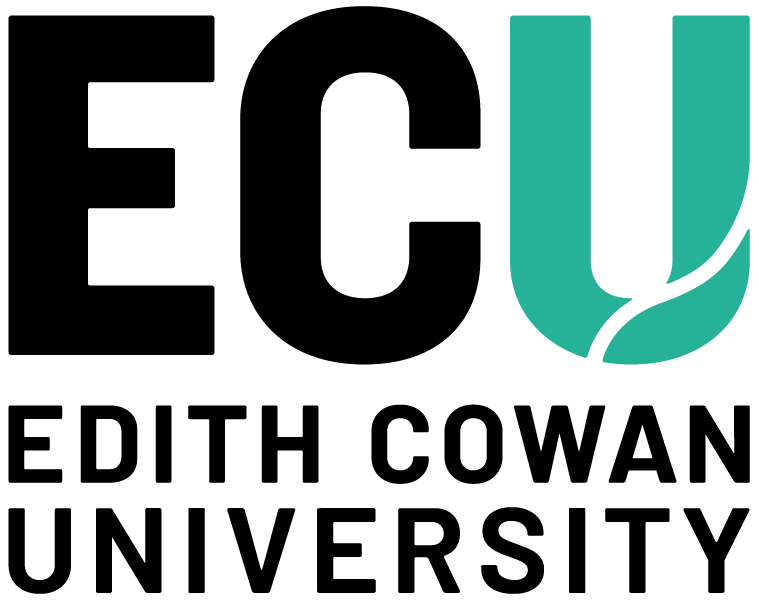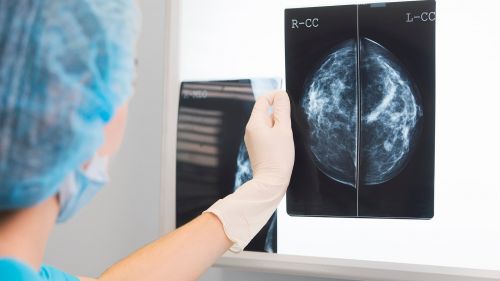Volunteer ambulance officers (VAOs) are vital to Australia's healthcare system, particularly in rural and remote communities.
Although unplanned out-of-hospital births are rare (less than one per cent), VAOs must be prepared to provide critical care in these high-risk situations. However, new Edith Cowan University (ECU) research has revealed that many VAOs frequently feel unprepared and under-resourced when faced with such emergencies.
The study, led by ECU PhD Candidate Michella Hill, investigated Australian VAOs' perceptions of their training, experience and confidence regarding unplanned out-of-hospital birth, and planned homebirth with obstetric emergencies where ambulance assistance is required.
"There are more than 7,000 volunteer ambulance officers in Australia. They are unsung heroes in rural and remote areas providing a vital service, with some communities relying solely on VAOs in medical emergencies," Ms Hill said.
"However, our research has shown that these volunteers are facing significant challenges when attending unplanned out-of-hospital births."
The study found many rural VAOs felt anxious and uncomfortable attending unplanned out-of-hospital births and obstetric emergencies, perceiving they may have limited ability to manage complications due to a lack of education, training, exposure to births, and a narrow scope of practice.
VAOs were also concerned about the availability of backup from a registered paramedic, and the reliability of telecommunications in remote areas for online clinical advice and support.
"Given the distances to hospital care in regional Australia, these findings have serious implications for patient safety," Ms Hill said.
The study identified four areas of concern
- Confidence and anxiety: Lack of education and exposure to birth resulted in low confidence. Most participants reported significant anxiety attending obstetric callouts and explained under-utilisation of specific obstetric and neonatal skills meant skills decline was an issue.
- Limitations to scope of practice and medical equipment: All participants described the VAO scope of practice as restricted to accoucheur (assistant at birth). If complications occur during childbirth, guidelines specify that VAOs seek assistance from a senior support officer and/or provide rapid transportation to definitive care (hospital). However, there was considerable apprehension regarding availability of senior support officers in rural areas.
- Logistical and communication difficulties: Long distances to hospital care, potentially limited backup during emergencies and possible unavailability of aeromedical retrieval increased perceived complexity of cases. Telecommunication 'black holes' created a sense of further isolation for VAOs requiring support from senior clinicians.
- Community expectations versus service delivery: There was a perception that many members of the public were unaware VAOs often staffed the local ambulance and expected VAOs to have the same scope of practice as a registered paramedic.
New VR training to improve gaps in knowledge and exposure
In response to the research findings, and with the help of funding from the WA Department of Health and the Women and Infants Research Foundation, Ms Hill is developing immersive virtual reality training which could be a game-changer for rural and remote clinicians who lack access to in-person training.
The NEONATE in VR simulation program (Novel Educational Overview of the Neonatal Apgar and Treatment Experience in Virtual Reality) is specifically designed to provide virtual exposure to a neonate born out of hospital.
The training helps refresh essential skills in assessing and managing newborns, including the one-minute Apgar score taken right after birth. It’s designed to strengthen basic knowledge, helping users understand what's normal, and not normal, for neonates and the clinical management to ensure the best outcomes.
"The VR program offers consistent feedback without needing an educator, making it a flexible tool that can fit into any schedule," Ms Hill said.
"Given the medical profession has embraced VR for surgical training, it seems timely that paramedicine adopts similar innovations for clinical education."
The NEONATE in VR simulation program is expected to be available later this year.
The paper "Out-of-hospital birth training, experience and confidence of Australian rural volunteer ambulance officers" is published in the journal Rural and Remote Health.

 New ECU research has shown that volunteer ambulance officers often feel unprepared and under-resourced when faced with birthing emergencies.
New ECU research has shown that volunteer ambulance officers often feel unprepared and under-resourced when faced with birthing emergencies.


